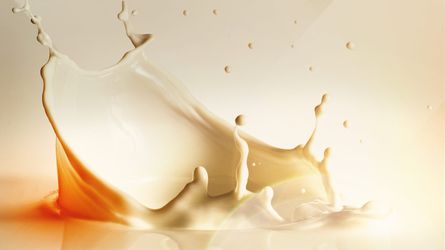
Food & Beverage Industry
Use LEWA pumps and system solutions for your homogenization processes in the food and beverage industry. Ask our experts for more information!
Read more
For metering ingredients in butter production LEWA offers the following solution:
How is butter produced and which kinds exist?
Butter is made from pasteurized cream. Therefore, milk is skimmed in a centrifugal separator within a few seconds. Afterwards, the cream is pasteurized and stored for about 20 hours. In the butter churn, which is comprised of a rod, a cylinder, and a kneader, the cream is beaten, and the butter is separated and kneaded. Then the butter is molded in a molding machine and packaged. In order to make 1 kg of butter, approximately 22 liters of milk are necessary. A byproduct of buttering is butter milk.
There are various types of butter:
Butter made from a fermented cream is known as cultured butter. The aroma that is created through the process gives butter a fresh and nutty taste. Sweet cream butter is made from unfermented cream. To get mild-soured butter, lactic acid is added to fresh cream butter after buttering.
All categories of butter are sold in both salted and unsalted forms. Either granular salt or strong brine are added to salted butter during processing. In addition to enhanced flavor, salt acts as a preservative. For the production of spreadable butter vegetable oil is often incorporated in butter.